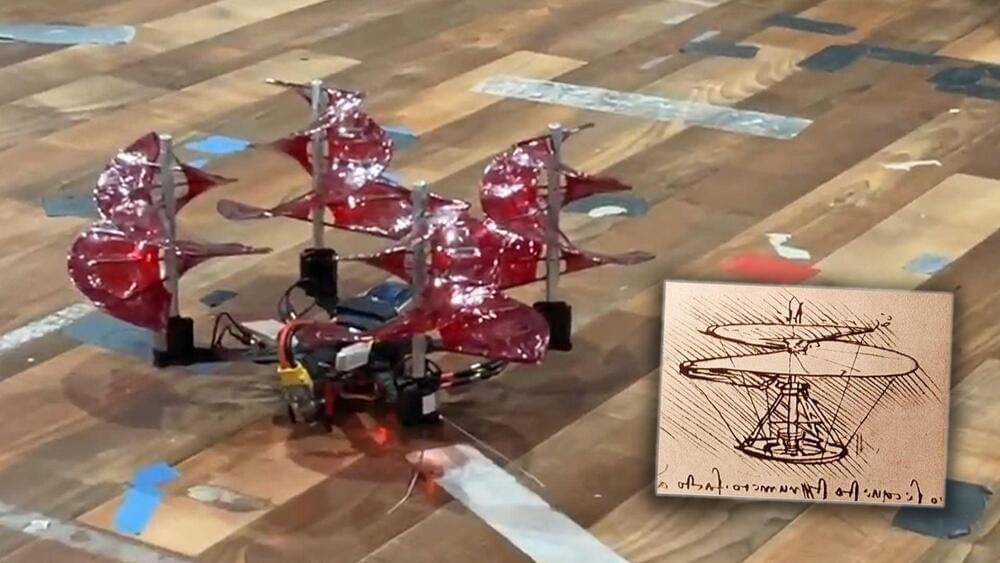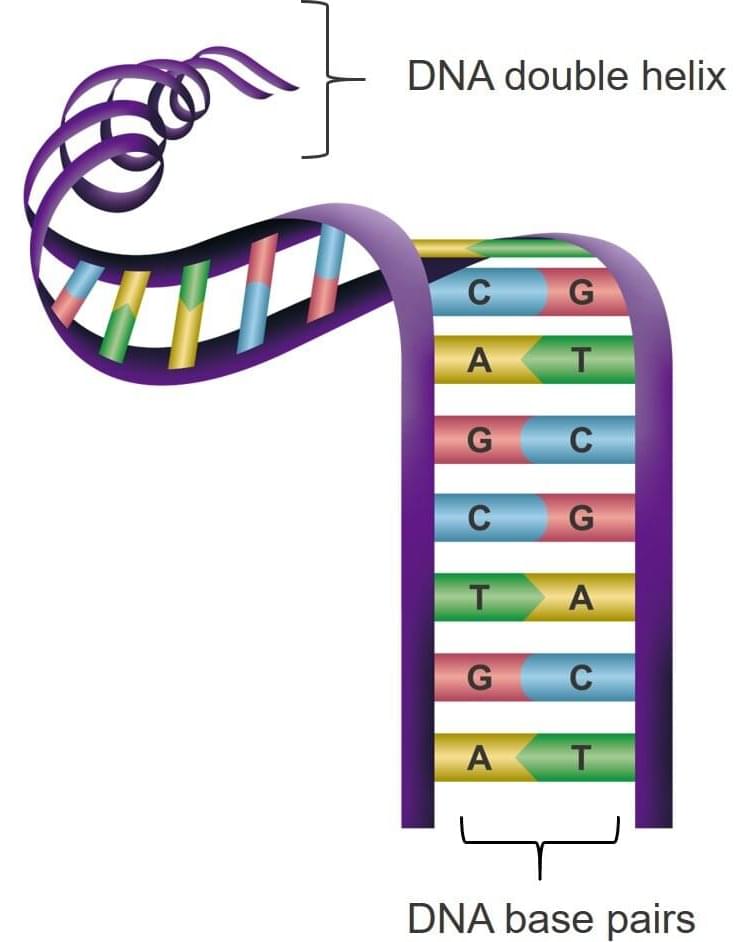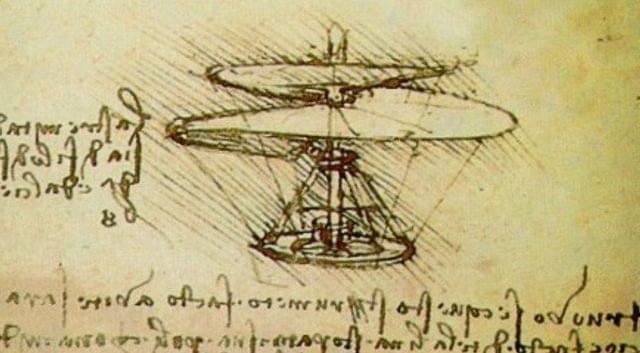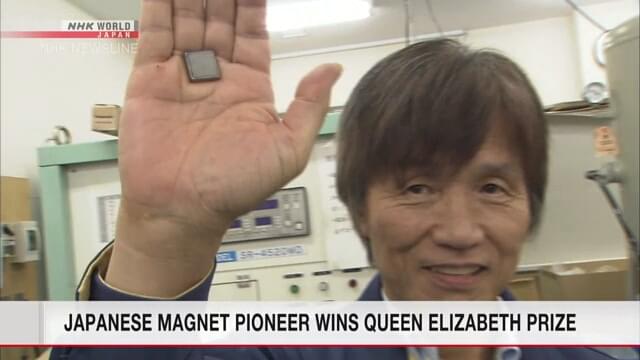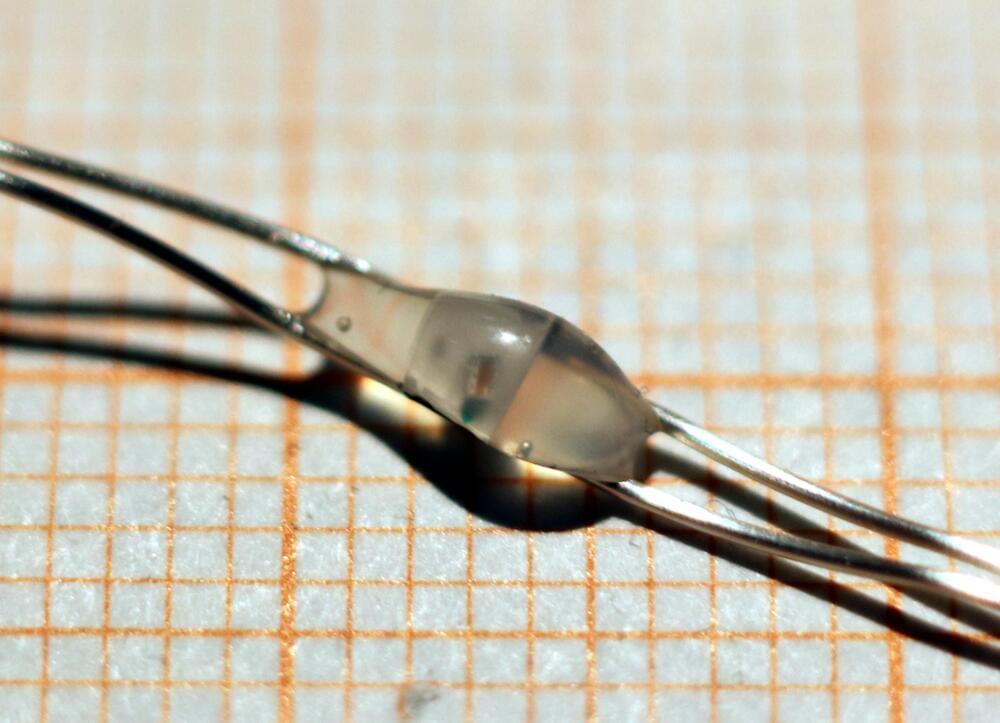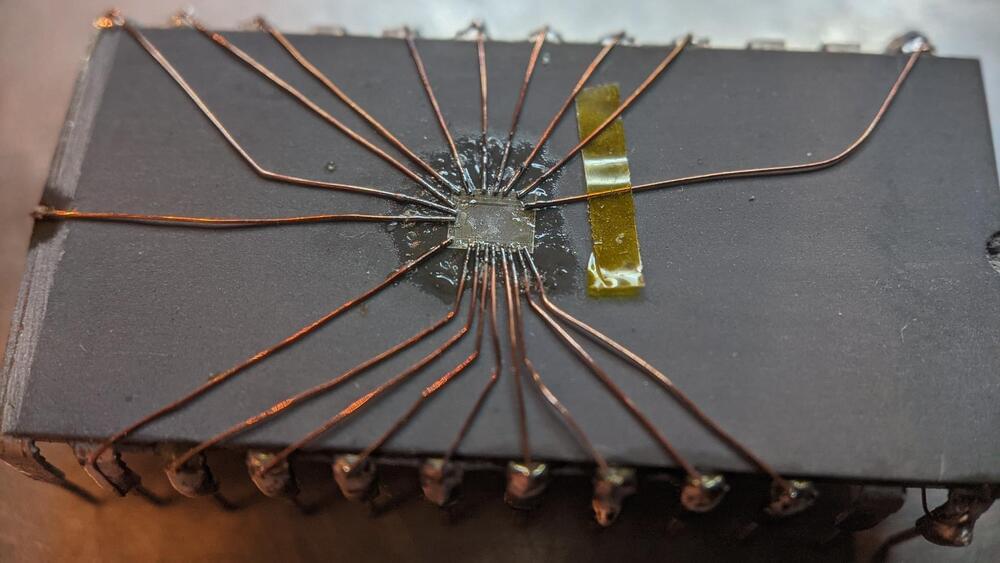Feb 2, 2022
DaVinci-Style Drone With 600-Year-Old Screw Rotor Design Actually Flies
Posted by Christopher Field in categories: drones, engineering, sustainability
DaVinci penned the aerial screw design in the 1400s, way before air travel was a thing. Now, it’s being put to action with this student-built drone.
Drones aren’t anything new —multi-rotor aircraft are becoming a bigger part of people’s lives every day. From the latest batch of up-and-coming urban air mobility companies to hobby applications, electric aircraft with four or more motors are commonplace, and generally, they use conventional multi-bladed propellers to keep themselves aloft. That’s not what’s going on with this particular drone developed by engineering students at the University of Maryland, though.
Assembled for a student design competition hosted by the Vertical Flight Society, it’s a mixture of old and new. With rotors reminiscent of Leonardo DaVinci’s aerial screw illustrations from the late 1490s, it flies like any other drone would, all while looking extremely bizarre and having interesting flight characteristics.
Continue reading “DaVinci-Style Drone With 600-Year-Old Screw Rotor Design Actually Flies” »
